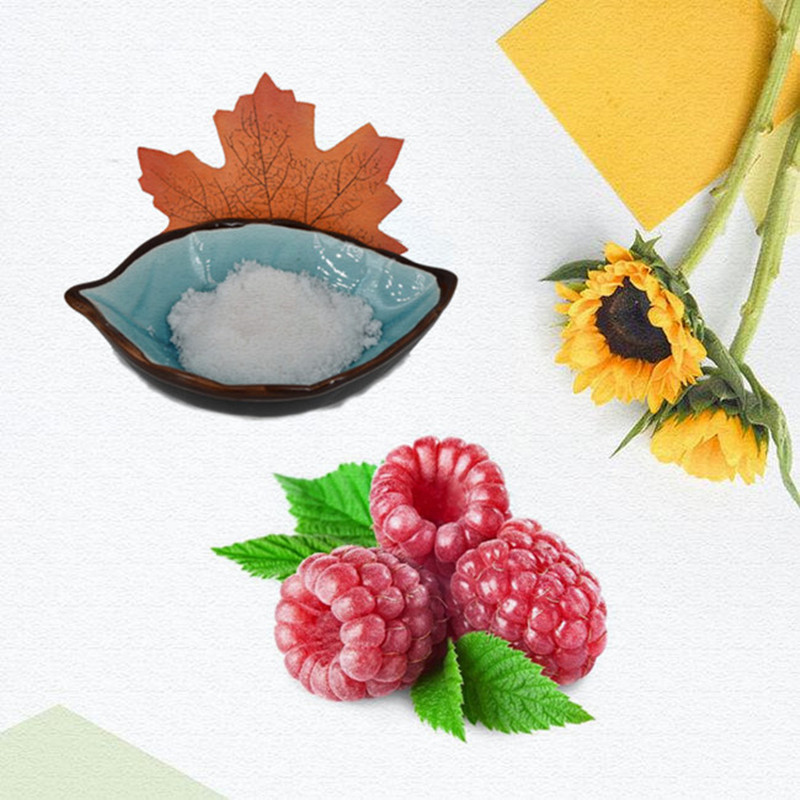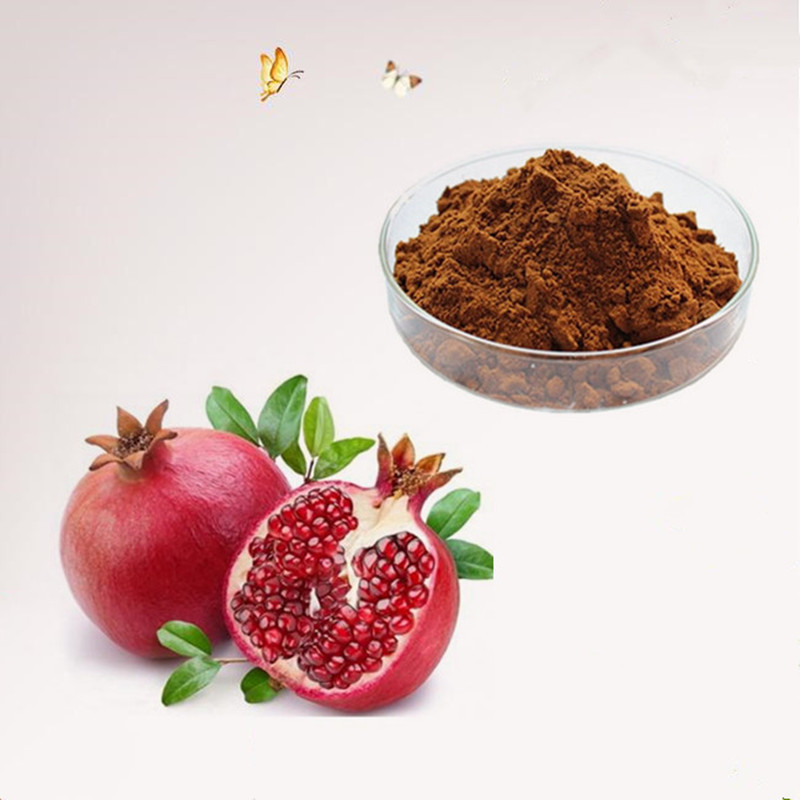I. Fusarium wilt Symptoms: At the beginning of the disease, the leaves of the watermelon gradually wilted from the back to the front, appearing to be water-deficient, especially at noon, but recoverable in the morning or evening. After 3-6 days, the entire leaf withered and drooped and could not be recovered. The base of the stalk is curled up, and some of the diseased areas have brown spots or amber gels. The roots turn brown and rot, the base of the stem is longitudinally cracked, and the vascular bundle on the longitudinal section of the stem becomes brown. Pink molds appear on the surface at high temperatures. Control methods: 1, promote watermelon and corn rotation. Can also be implemented for more than 6 years of rotation. 2, control the amount of nitrogen fertilizer, increase phosphorus, potassium fertilizer and trace elements. 3, seed treatment. Mix with 50-60°C warm water into 50% carbendazim WP 1000 times, soak for 30-40 minutes; or soak with 10% bleach for 10 minutes and then mix with 0.1-0.15% 50% carbendazim WP. Species. 4, seedbed and soil treatment. Use 40% pentachloronitrobenzene or 50% carbendazim wettable powder 1 kg to add 200 kg of soil, mix well with seedbed nutritious soil and then spread it into the seedbed or planting hole. 5 chemical control. At the beginning of the fruit set, 40% polysulfide suspension agent and 20% phytosanitary disease prevention and control of Xiangxi were sprayed and sprayed once every 10 days for a total of 2-3 times. Second, the disease Symptoms: The disease is harmful to leaves, stems and fruits of watermelon. Diseased leaves, dark green water spots round or irregular shaped lesions, rapid expansion, when the humidity is high, rot or burn like boiling water, after the dry light brown, easy to break; stem base disease, raw spindle Water-stained dark green spot, after the rapid expansion of the whole fruit, resulting in fruit rot, issued the smell of silage, dense white mycelium on the surface of the disease, sick health department border is not obvious. Control methods: 1, seed disinfection. Seeds soaked in warm water at 55°C for 15 minutes, or 40% formalin 150 times, soaked for 30 minutes, rinsed and air dried. 2. Agricultural control: Choose well-drained plots, adopt high ridge planting, and drain water in time after rain. 3 Pharmacy control: At the beginning of the disease, 70% eth phosphine manganese zinc wettable powder or 58% metalaxyl MnZn wettable powder can be used for prevention and control. Every 7-10 days, continuous prevention and treatment 3-4 times, if necessary, the above can also be used. The sterilizers irrigated the roots, and 0.4-0.5 kilograms of each diluted liquid was sprayed at the same time as spraying and irrigating the roots. The control effect was significantly improved. Third, anthrax Symptoms: When the disease occurs in watermelon, leaves and melons suffer more. Lesions are nearly round, water-stained, yellow-brown, slightly sunken, metamorphosed black, with purple-black halos; lesions on the fruit are nearly round, light green, water-stained, and later dark brown to purple, slightly sunken , can form irregular spots and cracks. Control methods: 1. Use disease-free seeds or disinfect seeds. Soak the seeds in warm water of 55°C for 15 minutes and then cool them; or soak them with 40% formalin 150 times for 30 minutes, rinse them with water, and then put them in cold water for 5 hours. It is worth noting that due to the different sensitivity of formalin among different varieties of watermelon, it should be tested first to avoid phytotoxicity. 2. Implement non-melon crop rotation for more than 3 years. 3, strengthen management, scientific fertilization. Use adequately mature organic fertilizer; choose sandy soil to level the land, prevent water accumulation, and timely drain water after rain; reasonably close plant and timely remove field weeds. 4, pharmaceutical control. Protected areas and open fields were sprayed with 50% thiophanate-methyl wettable powder and 75% chlorothalonil wettable powder during the initial stage of disease.
Plant extracts refer to substances extracted or processed from plants (all or a part of plants) using appropriate solvents or methods, and can be used in the pharmaceutical industry, food industry, daily chemical industry and other industries.
There is a conceptual overlap between plant extracts and herbal extracts. The raw materials of plant extracts in my country are mainly derived from Chinese herbal medicines, so domestic plant extracts can also be called Chinese medicine extracts to some extent.
Herbal Extract,Liquid Herbal Extracts,Herbal Extract Powder,Natural Herbal Extract XI AN RHINE BIOLOGICAL TECHNOLOGY CO.,LTD , https://www.xianrhinebiotech.com
